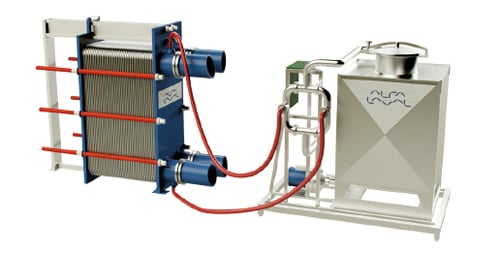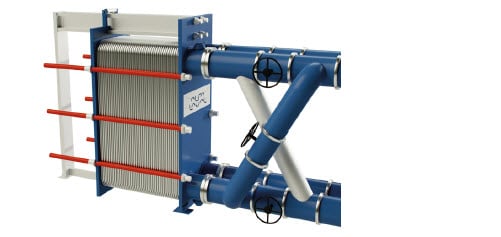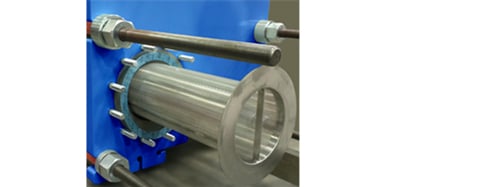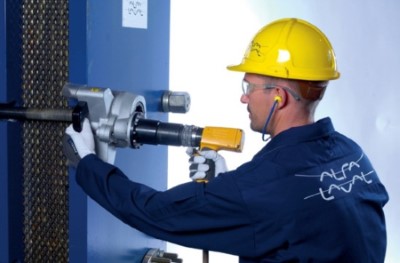
When fouling occurs in your heat exchangers, a CIP system enables quick, cost-effective and easy in-line cleaning without dismantling the equipment. By eliminating the repeated and unnecessary opening of your equipment, you drastically reduce both spare parts consumption and the number of man-hours required for cleaning.
CIP 200L and 400L technical brochure - easy to handle, mobile units
CIP 1800L and CIP 2800L technical brochure - skid-mounted units ideal for medium to large heat exchangers

Although plate heat exchangers have long been associated with energy conservation using natural resources such as lake water, river water, sea water and water from cooling towers, with these natural resources come natural debris such as sand, mussels, leaves and seaweed. To help the plate heat exchanger operate efficiently, an Automatic Backflush Valve can be used.
Backflushing is the reversal of flow for a short period of time. It flushes out matter that has
accumulated at the plate heat exchanger inlet. A typical setting is three times a day for thirty
seconds. By automatically removing this loose debris on a daily basis, the backflush valve will
contribute to many years of trouble-free service.
Automatic backflush valve technical brochure

Port filters prevents foreign objects from entering and clogging of the heat exchanger. The filter is designed to operate in conditions involving sea water, process water, cooling tower water or any kind of water containing particles with potential risk of disrupting the performance of the system.
PHE port filtration technical brochure

Specially developed service tools protect gasketed plate heat exchangers from faulty service and maximize their performance.